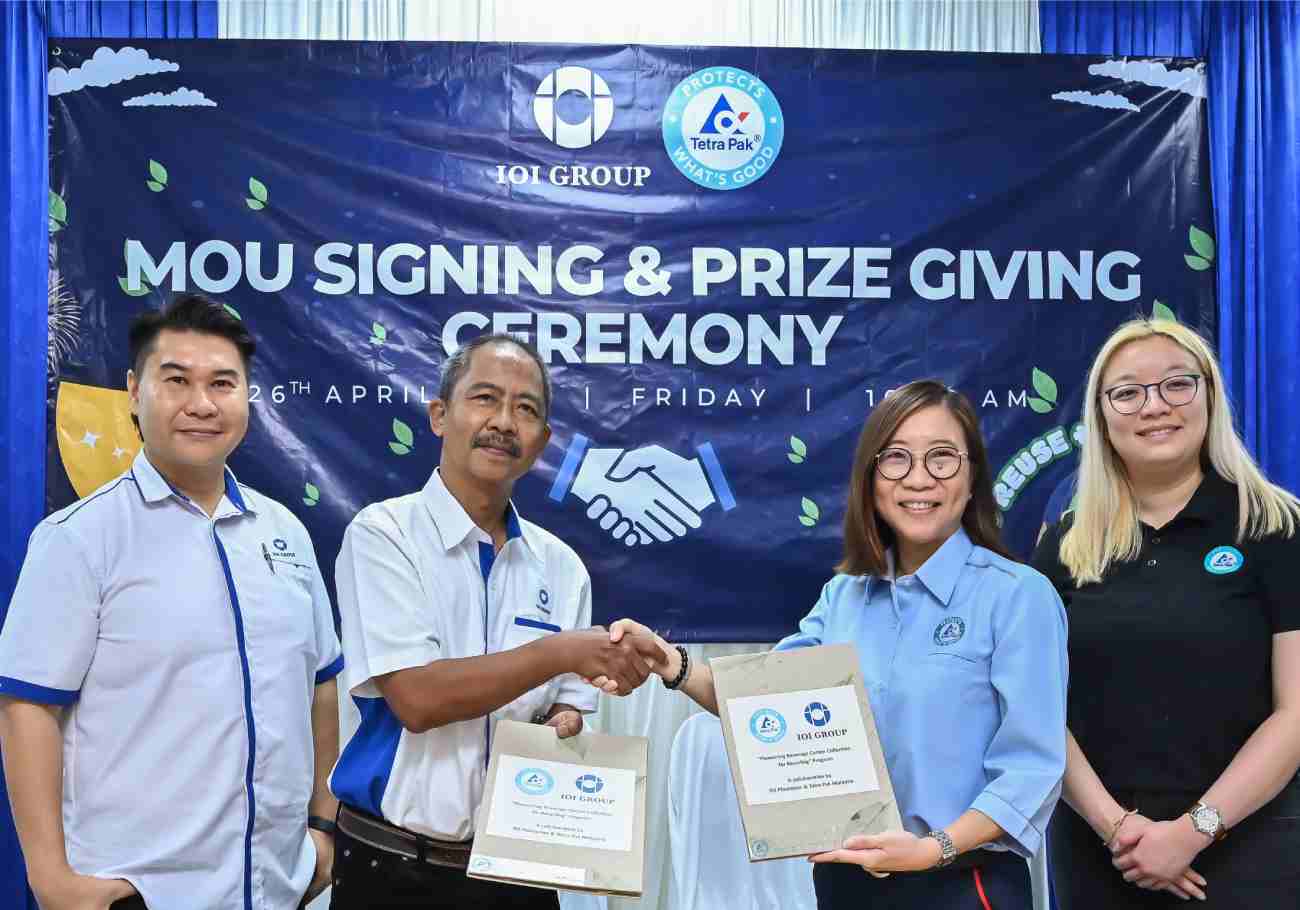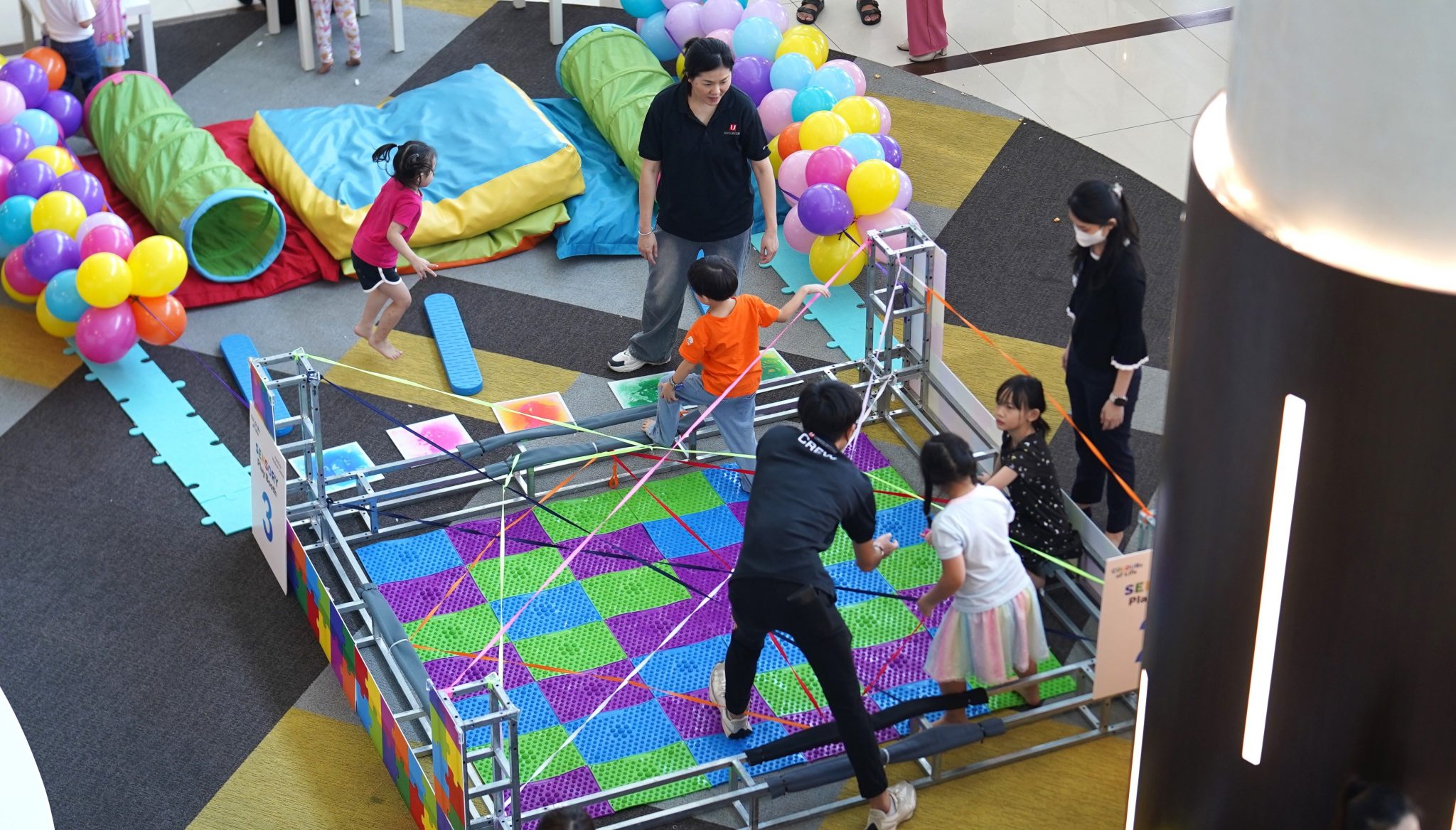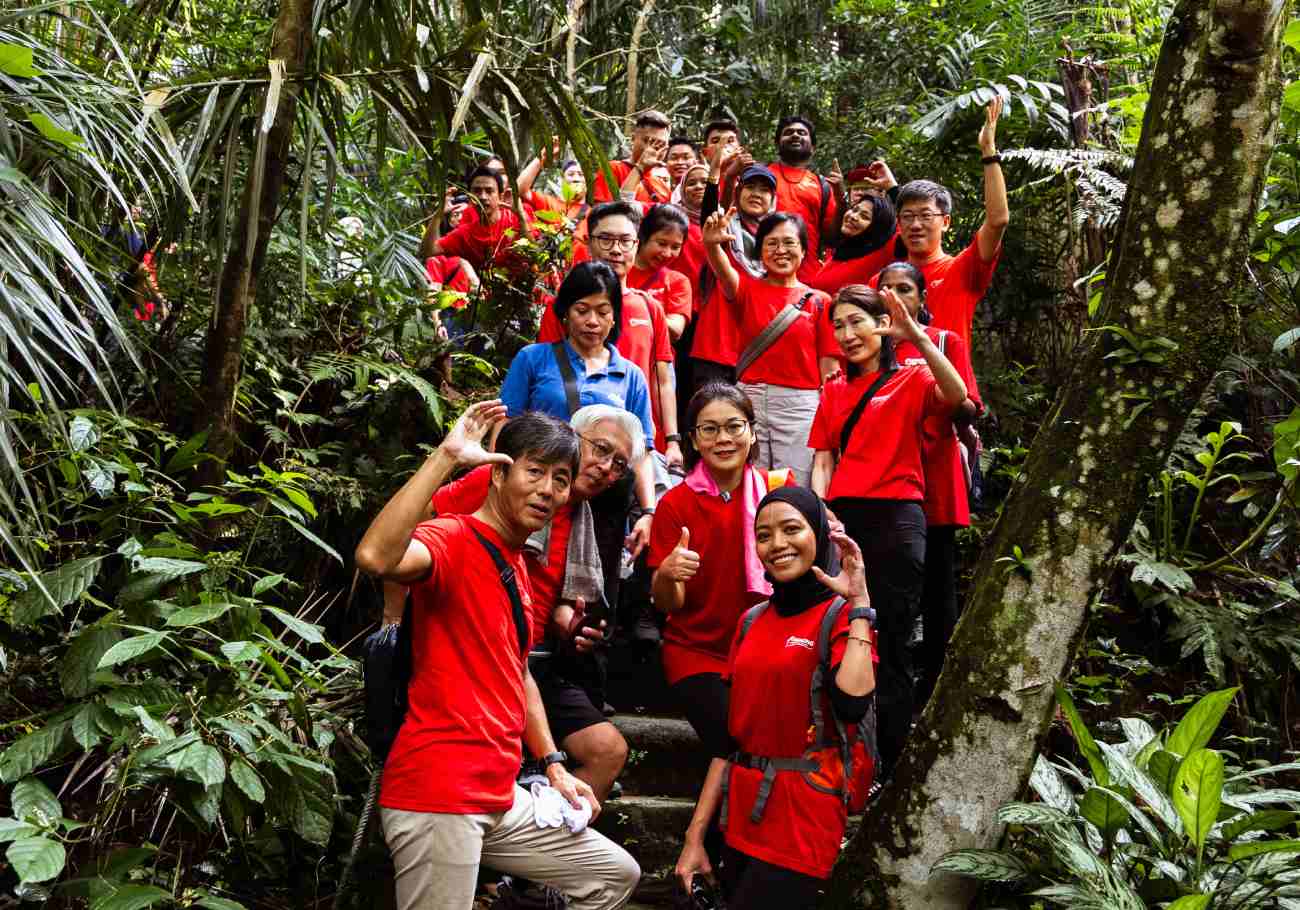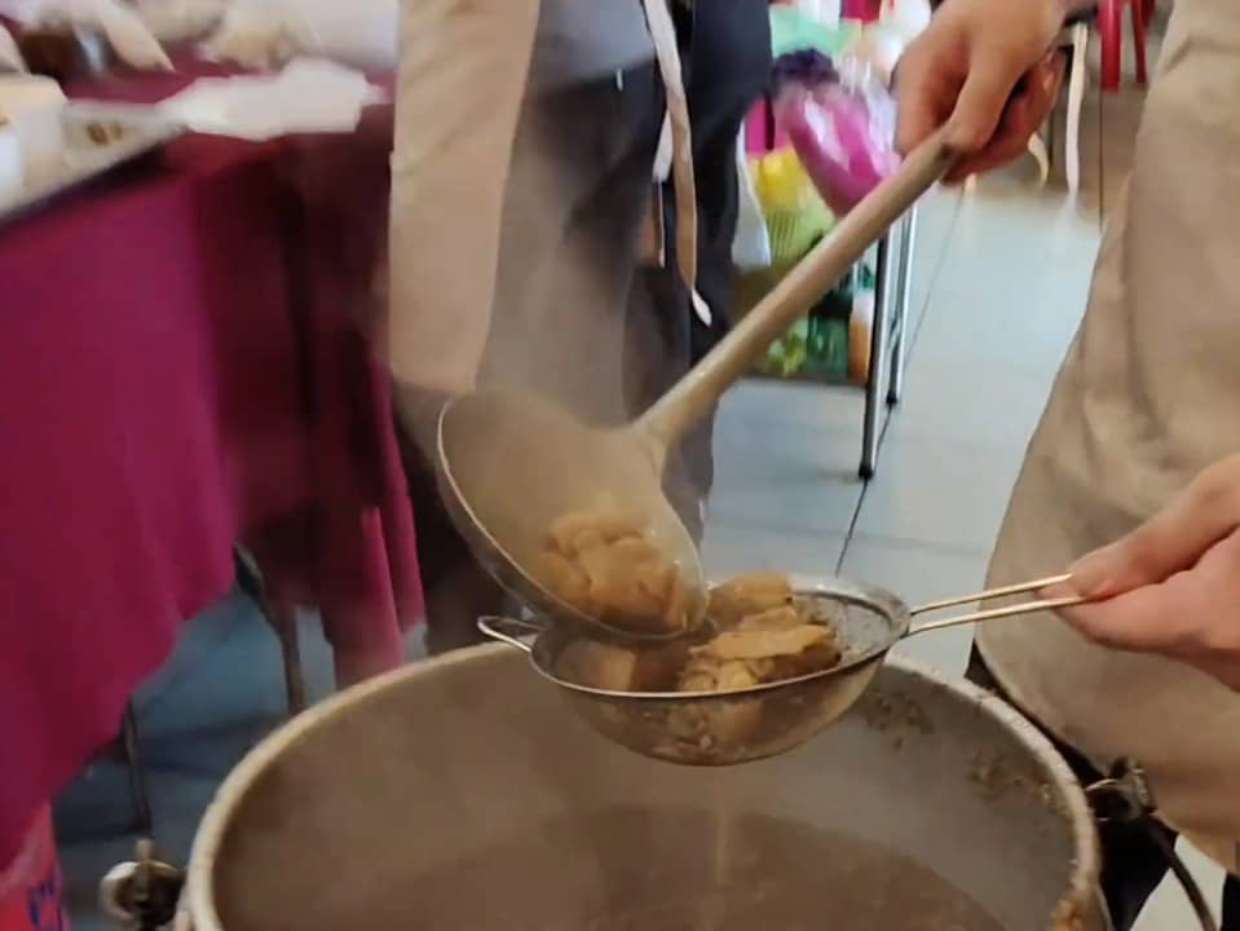In recent years, the mushrooming of self-formed residents associations in each community seemed to outshine the other neighbourhood project- Rukun Tetangga, which was introduced in 1975 by Malaysia government and is to date a government-funded entity.
But for veteran RT volunteer Mohd Shahdan Abdullah, both the RT committee member and the residents are to blame for the state RTs are in today.
Mohd Shahdan, better known as Saravanan before his conversion to Islam, admitted that it is not easy to lure residents’ participations into RT activities.
“Sometimes when RT (committee members) conducts a meeting, a lot of them are aware but nobody wants to join.
“If nobody comes, how do you expect me to call them?” said the RT vice chairman at Desa Mentari Apartment Block 9 in Petaling Jaya (right).
He said many residents will only show interest in joining something for “a reason”, for instance a food feast.
“If you have a makan event, they will show up even without an invite,” he grinned.
RT receives RM4000 a month
Having devoted 25 years as a RT member, Mohd Shahdan did not deny that RT in certain areas are indeed stagnant due to inactivity.
“This is because nobody questions the RT committee and they eventually become the ruler,” he said.
He said the locals are in great loss if they choose to be ignorant towards the RT, which receives RM4000 per month in grants meant for community works by national unity department of the Prime Minister’s Department.
“If nobody wants to question their inactive RT committee, untung besarlah (it’s big profit for) the members,” he said.
The 45-year-old also urged the locals to step forward and replace those idle committees, as they only need a minimal of 25 individuals to do so.
“Given that a RT committee is made up of 25 members, any group made up of 25 people can just storm in during a RT’s annual general meeting and challenge for an election,” he said, adding that the group must also obtain mandate from residents.
To Mohd Shahdan, RT is a constant effort that aims to foster trust and ties between neighbours.
Over the past years, he has managed to organize a midnight patrolling team, form a voluntary group to clean up Sg Way in Petaling Jaya and even mediate a racial conflict between Malay and Indian occupants in Kg Dato Harun, Petaling Jaya in 2009.
He opined that RT still holds an advantage as being a free of charge entity compared to residents associations (RAs).
However, he stressed that RT committee members must also be pro-active in engaging their communities.
“For example when you organise an activity, don’t just put up a banner and wait for the crowd to come. Go and invite them, treat them like friends,” he said.
“As a community leader we must know our community problems from time to time,” he added.













